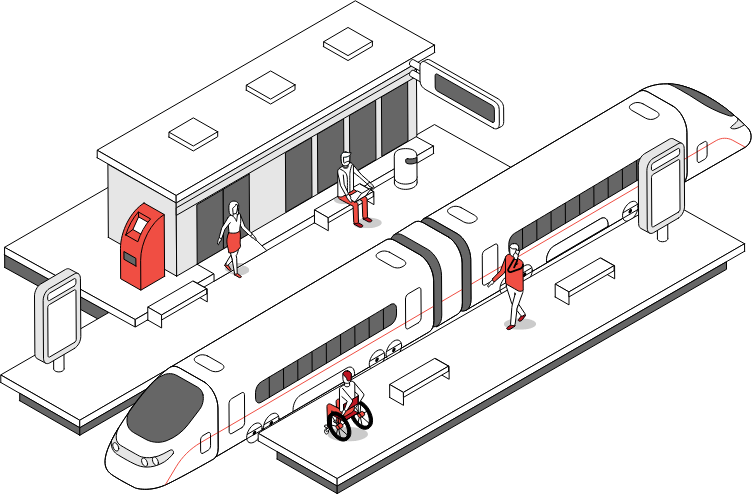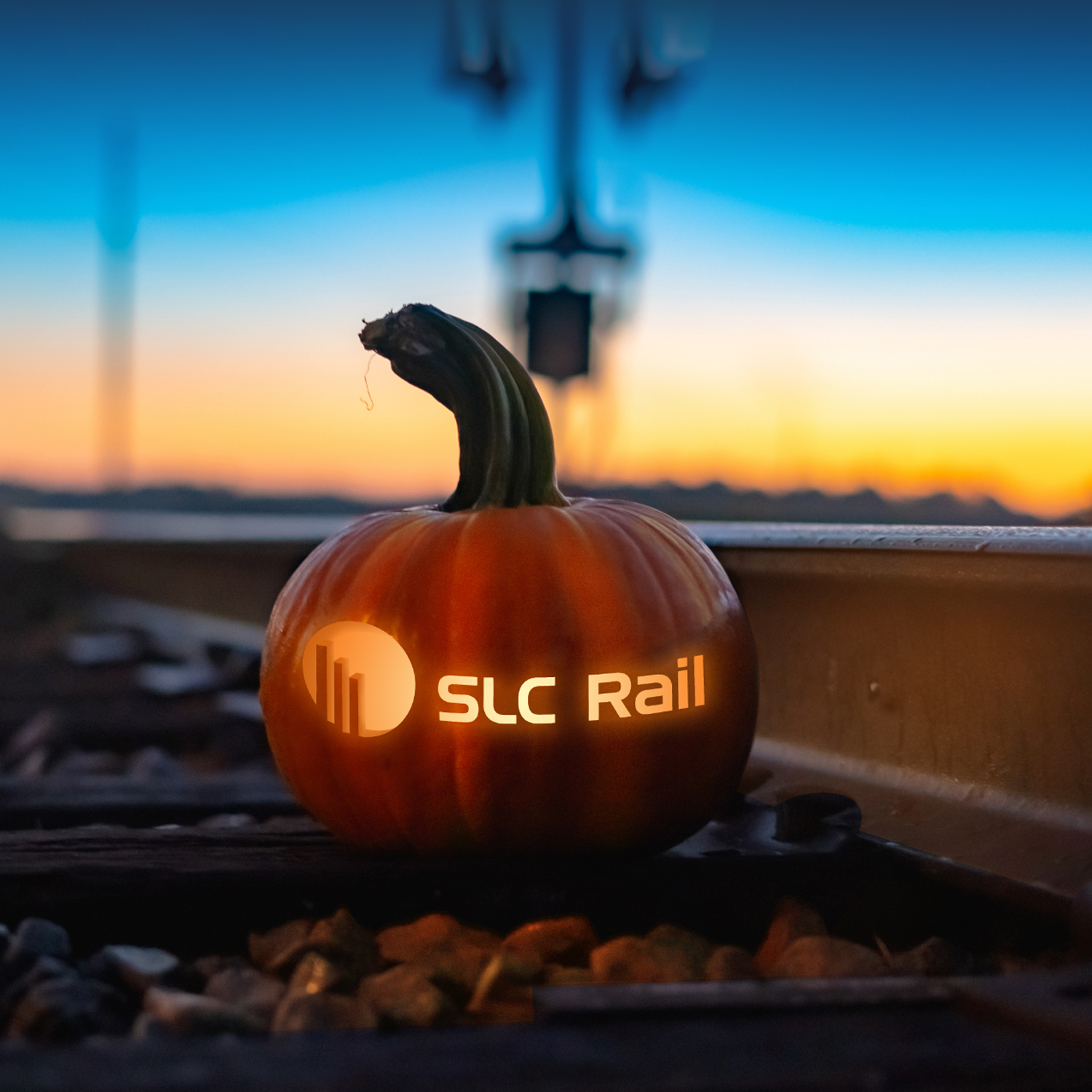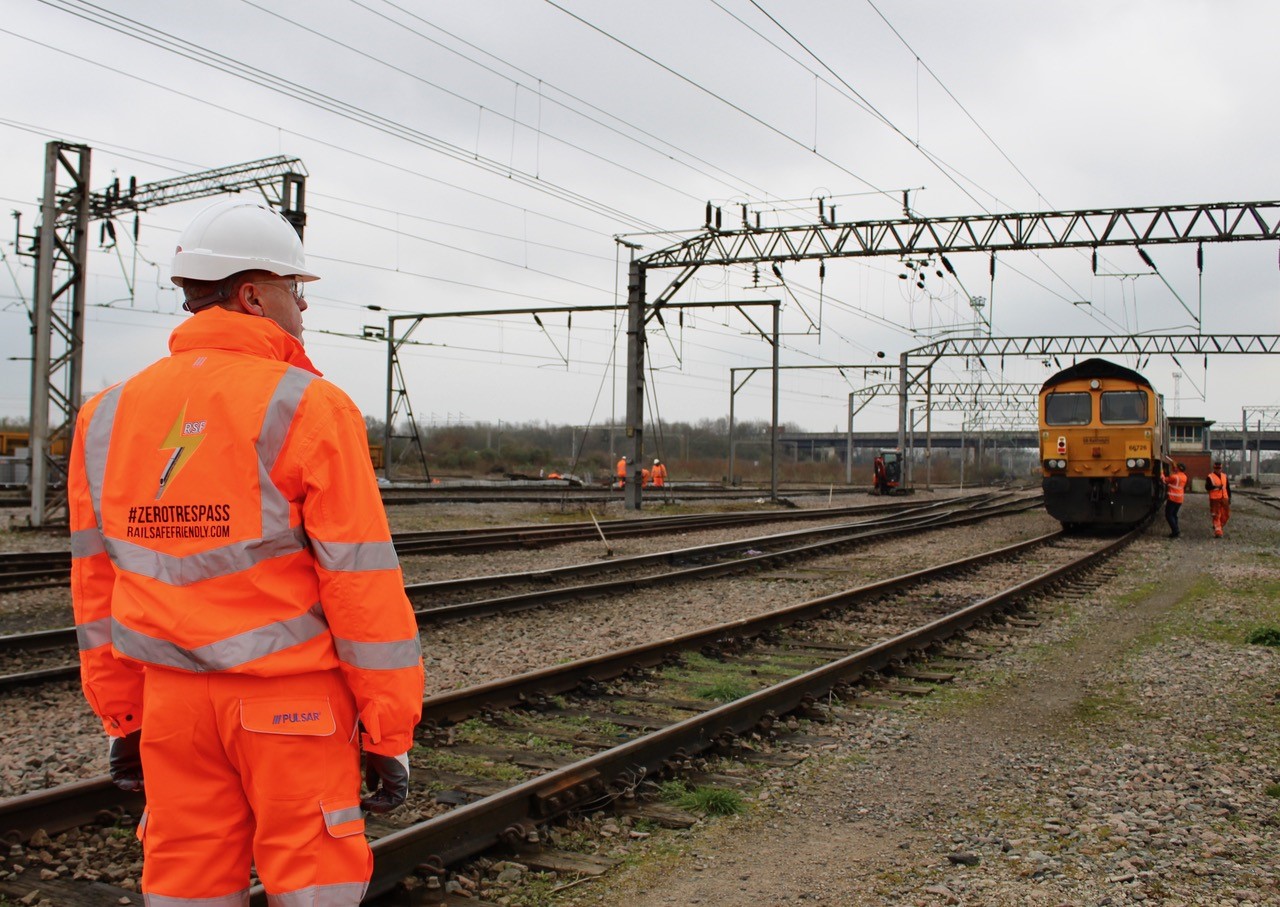While railways commonly serve as eerie backdrops for ghostly tales, here’s a story that might be unfamiliar to you. Did you know the UK rail network plays host to almost 40 ghost trains and their spooky journeys extend far beyond the Halloween season?
Rickmansworth to Watford, Stalybridge to Stockport, the list goes on because the United Kingdom is full of ghost trains, also known as parliamentary trains. These unique trains date back to the 1960s and are services that run over a line – or stop at a station – so infrequently that they often go unnoticed but in doing so, they avoid the cost of a formal closure. It even extends beyond trains; the service may even be facilitated by a ‘ghost bus.’ Since 2022, the Chiltern’s Wednesday ghost train from West Ealing to West Ruislip has been replaced by a bus.
Ghost services do serve a key purpose, though: keeping them running ensures the railway line remains open, making it easier to bring it back into use again in the future if circumstances change and for train services, it can also enable drivers to maintain route knowledge in the event of diversions or route closures.
Stephen Barker, Associate Director at SLC Rail said: “To close a line, you need to follow a statutory process, which concludes with the Secretary of State making a formal decision to close it. It’s often cheaper and easier to run the minimum number of services to keep a line open – which can be just once a week in one direction!
“Legislation introduced in the 1980s allowed new train services and stations to be designated “experimental”, which allowed new services to be tested and, if unsuccessful, withdrawn without going through the normal closure process – and without the risk of creating new ghost trains. It was this bit of legislation that made it possible to reopen, amongst others, the Bicester to Oxford line in 1987.”
What may seem like a ‘ghost train’ to one person can be a future opportunity for another. The Halton Curve is a prime example, having been brought back into use after more than four decades without regular passenger services. This now links north Wales, Cheshire and Liverpool, benefiting the regions and reducing congestion on our roads.
Andrew Helm, Head of Economic Appraisal at SLC Rail said: “A good number of the ghost services operate over chords or short links between main lines and as such provide valuable routing flexibility for potential future freight services or as diversionary routes during engineering possessions. It’s a pity that more of these line sections weren’t retained during the Beeching cuts as their capacity for providing freight routes and diversionary routes would be of great value on today’s overcrowded railway.”
Exploring opportunities that already exist will always be cheaper than starting from scratch. SLC is working on the Northumberland Line project to bring back a lost line that is currently only used for freight between Ashington and Newcastle. SLC has experts who understand the complex world of rail and the potential of new and forgotten lines to support strategic aspirations. To get in touch, visit www.slcrail.com.











